Case description:
Prostate cancer is the fifth leading cause of cancer death in the world. When the cancer is localized, it is usually indolent, with a 5-year survival rate of nearly 100%. However, when the tumor metastasizes, the 5-year survival rate decreases to 30% (PMID: 24384911). We describe the case of a 68 year-old man diagnosed with a Stage IV prostate cancer in 2019. He also presents metastases in the pelvis and left lung. He was treated with a combination of casodex, paclitaxel and carboplatin but eventually he stopped responding to the treatment. At the end of 2021 he had a prostate biopsy taken and decided to test the genomic profile of the tumor using our solution OncoDEEP® Kit.Clinical interpretation and analysis results
Reducing androgen signalling

Figure 1: Mechanism of action and resistance of AR inhibitors in prostate cancer
Unravelling AR inhibition resistance
A T878A variant was found in the (AR) gene. In fact, variant T878A in AR is located in the ligand binding domain of AR and alters the binding properties of the receptor. The onset of this mutation during the progression of the illness could explain the eventual resistance to the casodex treatment of the patient, since the modification of the binding domain of AR would impair the binding of casodex to AR, preventing its therapeutic effect.
Variant T878A has been reported to confer resistance to abiraterone therapy (PMID: 27148695; PMID: 25712683; PMID: 26537258; PMID: 26067250, PMID: 25320358) and decreased response to enzalutamide and apalutamide, small AR antagonists (PMID: 27148695; PMID: 22334387; PMID: 30425524). That is why this patient should not be sensitive to AR inhibitors, such as the androgen biosynthesis inhibitor abiraterone acetate, the AR antagonists apalutamide, bicalutamide and enzalutamide.
Nevertheless, T878A may not cause resistance to all antiandrogens, since preclinical data showed that darolutamide, a new oral AR antagonist, is able to significantly inhibit the transcriptional activity of T878A (PMID: 28851578). Darolutamide is FDA approved and indicated for the treatment of adult patients with non-metastatic castration-resistant prostate cancer and metastatic hormone-sensitive prostate cancer in combination with docetaxel. Interestingly, there is a clinical trial (NCT03385655) that enrols patients of prostate cancer that present DNA abnormalities.As well, proxalutamide is another AR antagonist with potential antineoplastic activity. Nowadays, there is an interesting Phase II clinical trial (NCT03899467) that recruits patients with metastatic castrate resistant prostate cancer who progressed after either abiraterone or enzalutamide therapies.
Identifiyng new therapeutical options
A variant in the ARID1A gene inducing a probable loss of function of the protein was present in the patient. ARID1A is an helicase that regulates the transcription of certain genes by altering the adjacent chromatin structure. In cancer, ARID1A is a tumor suppressor gene, that is, a gene that prevents the formation of tumors. Therefore, mutations in this gene may alter his function and impair its anti-tumor effect. In fact, ARID1A has a high mutation frequency in bladder cancer, uterine endometrioid carcinoma, ovarian endometrioid and clear cell carcinoma.
Although there are no therapies targeting such loss of function, Ceralasertib (an ATR kinase inhibitor) is a drug under clinical development with potential antineoplastic activity. Currently, there is Phase II clinical trial that evaluates the effect of this drug alone and in combination with olaparib in patients with various solid tumors, including prostate cancer (NCT03682289). One of the arms of this study recruits specifically with ARID1A alterations. What is more, loss of function in ARID1A gene has been associated with a higher tumor mutational burden (TMB, number of mutations per megabase on the DNA of the patient), and this is the case for this patient.
This patient presents high Microsatellite Instability (MSI) and tumor mutational burden (TMB) scores.
Outstandingly, we observed a high level of MSI, an hypermutable phenotype consisting in an alternative number of repetitions in microsatellite regions of the DNA. The phenotype is caused by the loss of DNA mismatch repair (MMR) activity (PMID: 20420947), which is associated with inactivation, loss or epigenetic silencing of MMR genes (MSH2, MLH1, MSH6 and PMS2).

Figure 2: Biomarkers driving immune response through PD-1/PD-L1 inhibition in prostate cancer
High MSI contributes to a high rate of somatic mutations in tumor cells, that leads to a variety of molecular changes, such as high TMB or increased expression of neoantigens in tumor cells. In fact, a recent study in almost 3000 samples demonstrates that high MSI is highly associated with the onset of the TMB phenotype in prostate cancer, since the majority of high TMB tumors are also MSI high (PMID: 37662703). Strikingly, only 5% of the patients of prostate cancer have high TMB. TMB is defined as the number of mutations per megabase on the DNA of the patient, and high TMB could lead to the clinical benefit of the immunotherapies (PD-1/PD-L1 inhibitors) in several cancers (PMID: 28835386), indicating that this patient could have a high potential response to immunotherapy (PD-1/PD-L1 inhibitors) (Figure 2).
All in all, OncoDEEP® Kit has uncovered that this patient falls in the rare subgroup of prostate cancer patients that present high TMB, and could benefit from immunotherapy (5%). Remarkably, only the NGS analysis of the tumor is able to unravel such veiled molecular phenotypes, providing new therapeutic options that could improve the patient’s treatment and that, otherwise, would never be accessible for him.
